Cutting-edge technology meets art at Electrical Fantasista, an exhibit and series of events held at BankART Studio NYK in Yokohama (Feb 24 ? Mar 14). The exhibit is divided into four zones that explore the future of modern lifestyle.
ZONE 1: Positive Living
Artists and scientists from Japan have created robots and machines that rely on IT to bring comfort to people. The works in this zone fuse art with the latest in technology to evoke true delight, providing a glimpse into the future of relaxation.
ZONE 1 works
- Tabby: Communicative healing IT interior that reacts to voice and touch
- PARO: Interactive seal robot with therapeutic powers recognized by the Guinness Book of World Records
- Co-animation table: Table that anyone can enjoy to create animation
- Mutant Critter: "Skins" that transform things into furry creatures
- Mr. Jones Watches: Series of retro-futuristic watches with a variety of unique functions
- Katazukue: Tidy table that forces slobs to clean up
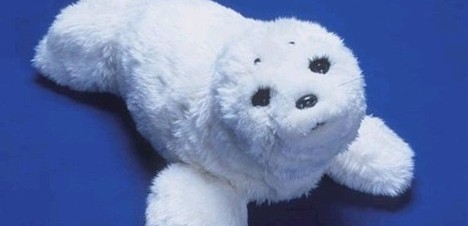
PARO, the healing seal robot
ZONE 2: Game Is Life
The "games" in Zone 2 are the stuff that fuels the development of games. But beware, these works of art from Germany and Japan venture dangerously into realms ordinary games only dream to go, which explains why gamers and developers from across the globe are dying to try them out.
ZONE 2 works
- PainStation: Arcade game that exposes the loser to electric heat/shock and lashings
(Note: Due to the possibility of physical harm, play is limited to those who agree to bear full responsibility for any injury incurred.)
- Through the looking glass: Air hockey game that pits you against your mirror image
- MisLeading MisReading: Artificial intelligence message game that uses advanced speech recognition and machine translation technology to translate your spoken words
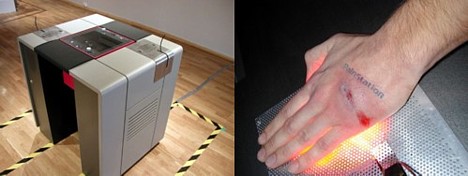
PainStation
ZONE 3: Electrical Lounge
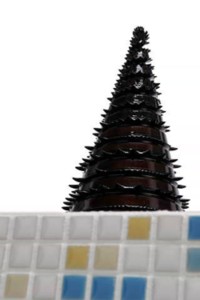 Zone 3 explores new types of experience in optics. Relying on the latest in optic technology, such as LED and sensors, the works in this zone go beyond the flashing of lights to magically stimulate all the senses. Here, visitors experience new forms of comfort and stimulation.
Zone 3 explores new types of experience in optics. Relying on the latest in optic technology, such as LED and sensors, the works in this zone go beyond the flashing of lights to magically stimulate all the senses. Here, visitors experience new forms of comfort and stimulation.
ZONE 3 works
- Kaze-no-michi: Light sculpture that transforms the beauty of wind into light that illuminates the floor
- MorphoTower: Living sculpture of magnetic fluid that continuously morphs into magical shapes
- Fuwa Pica: Sofas that change color when you sit -- soft on the eyes, soft to the touch
ZONE 4: Flash Fantasista
Zone 4 features a selection of interactive art chosen the curators. See http://www.shift.jp.org for details.
(Map to BankART Studio NYK)
[Source: Creative Cluster]
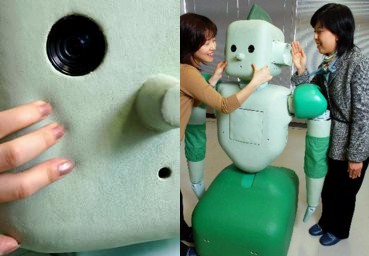



 Zone 3 explores new types of experience in optics. Relying on the latest in optic technology, such as LED and sensors, the works in this zone go beyond the flashing of lights to magically stimulate all the senses. Here, visitors experience new forms of comfort and stimulation.
Zone 3 explores new types of experience in optics. Relying on the latest in optic technology, such as LED and sensors, the works in this zone go beyond the flashing of lights to magically stimulate all the senses. Here, visitors experience new forms of comfort and stimulation.
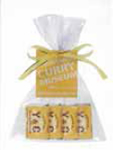
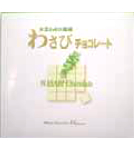
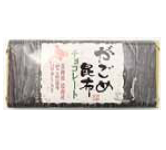
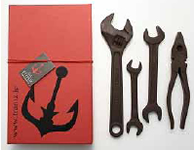
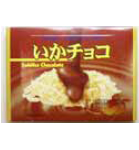

 In conjunction with the exhibit, the Petit Vert cafe on the 8th floor is serving fruitcake that looks just like a plate of curry (1,200 yen) until March 31. Created by Nobuyuki Yamamoto, former head pastry chef at Hotel New Grand (Yokohama), this dessert is a museum original with local roots. The "rice" is made from chocolate and sponge cake, and the "curry roux" consists of a mixture of turmeric and orange juice.
In conjunction with the exhibit, the Petit Vert cafe on the 8th floor is serving fruitcake that looks just like a plate of curry (1,200 yen) until March 31. Created by Nobuyuki Yamamoto, former head pastry chef at Hotel New Grand (Yokohama), this dessert is a museum original with local roots. The "rice" is made from chocolate and sponge cake, and the "curry roux" consists of a mixture of turmeric and orange juice.
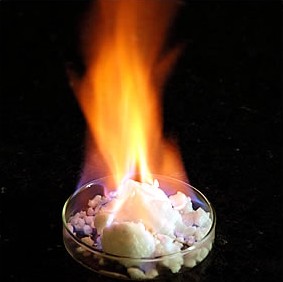 Outcrops of combustible ice, or
Outcrops of combustible ice, or 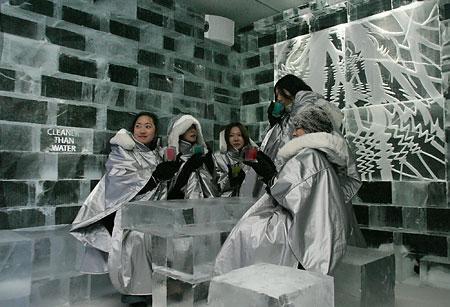

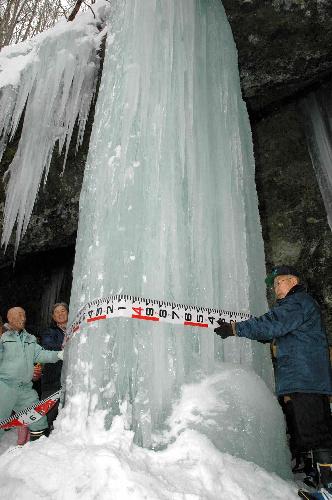 In a tradition that stretches back 700 years, local farmers in Hanamaki, Iwate prefecture measure the circumference of the frozen waterfall at Taroshi Falls to predict the yield of the year's rice crop.
In a tradition that stretches back 700 years, local farmers in Hanamaki, Iwate prefecture measure the circumference of the frozen waterfall at Taroshi Falls to predict the yield of the year's rice crop.